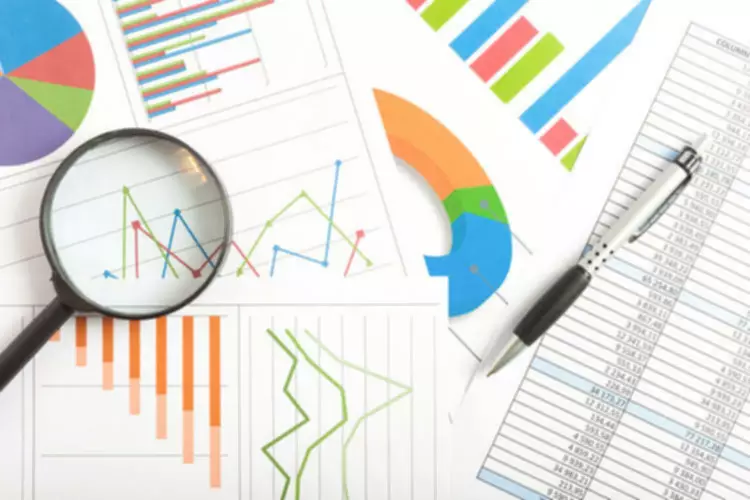Content

Each general journal entry lists the date, the account title to be debited and the corresponding amount followed by the account title to be credited and the corresponding amount. Let’s illustrate the general journal entries for the two transactions that were shown in the T-accounts above. Your profit & loss organises your revenue and expense accounts whilst your balance sheet organises your asset, liability and equity accounts. The double entry process connects these reports together. You can also use the T-accounting method for any transaction in your small business, including office expenses. You may be paying for the internet at your small business storefront.
The business borrows £5,000 on loan from a bank on 4 July 20X2. FlightPath by Baremetrics https://www.bookstime.com/ helps you create financial statements to ensure accounting compliance.
5 T-accounts, debits and credits
And because he lived in Venice, and it was the center of the world, commerce, everything was coming through Venice, all the spices, and gold and all kinds of stuff. And they would be shipped throughout the Mediterranean and throughout the known world at that time. Below, there are some examples of T-accounts, which will show how they are used. No matter the account, the debit side is always on the left, and the credit side is always on the right. And if you look in the “bank” account above, “loan” is inserted on the debit side of the T-account on the same date. Remember, we can easily cross-reference between two accounts because of the contra account being used as the description of the transaction. Now add up the total of all the individual entries on this side and put it as a total below all the other amounts on this side.
- If the total amount of debits and credits do not balance, you should recheck all of the transactions to verify that you entered the amounts correctly.
- T-accounts are called such because they are shaped like a T.
- So, the main thing from this video is that accounting was invented in the 1500s, by an Italian monk, Luca Pacioli.
- Debits always to the left, credits always to the right.
- No matter the account, the debit side is always on the left, and the credit side is always on the right.
- Since management uses these ledger accounts, journal entries are posted to the ledger accounts regularly.
- Doing two sets of double-entry accounting is a great way to make sure your books are complete and accurate, but it is also time consuming.
Each column added up should equal each other, and every debit has a matching credit. This is why T-accounts are used by many small business owners, and both new accountants and CPAs to ensure journal entries in your ledger or accounting software are balanced. This is shown in ledger or T-accounts by recording each transaction twice, once as a debit-entry in one account and once as a credit-entry in another account. This is done according t accounts to time-honoured rules which treat asset accounts differently from liability accounts and the capital account. A T-Account is a visual presentation of the journal entries recorded in a general ledger account. This T format graphically depicts the debits on the left side of the T and the credits on the right side. This system allows accountants and bookkeepers to easily track account balances and spot errors in journal entries.
Why do accountants Use T accounts?
Whatever your role is in the business, it’s worth grasping the basics of this language. To teach accounting, since it presents a clear representation of the flow of transactions through the accounts in which transactions are stored. Before going any further, take out a piece of paper and try construct the loan T-account using the journal entries above. When you’re done, scroll down just below and compare your answers. However, the steps taken above represent the system that is used in accounting to work out and show the closing balance, and thus should be learned and practiced. The “Balance b/f” indicates that the debit side is greater than the credit side by $19,100, and that we have $19,100 in our bank account at the end of May . The Balance b/fshown above is the actualclosing balanceof the bank account .
